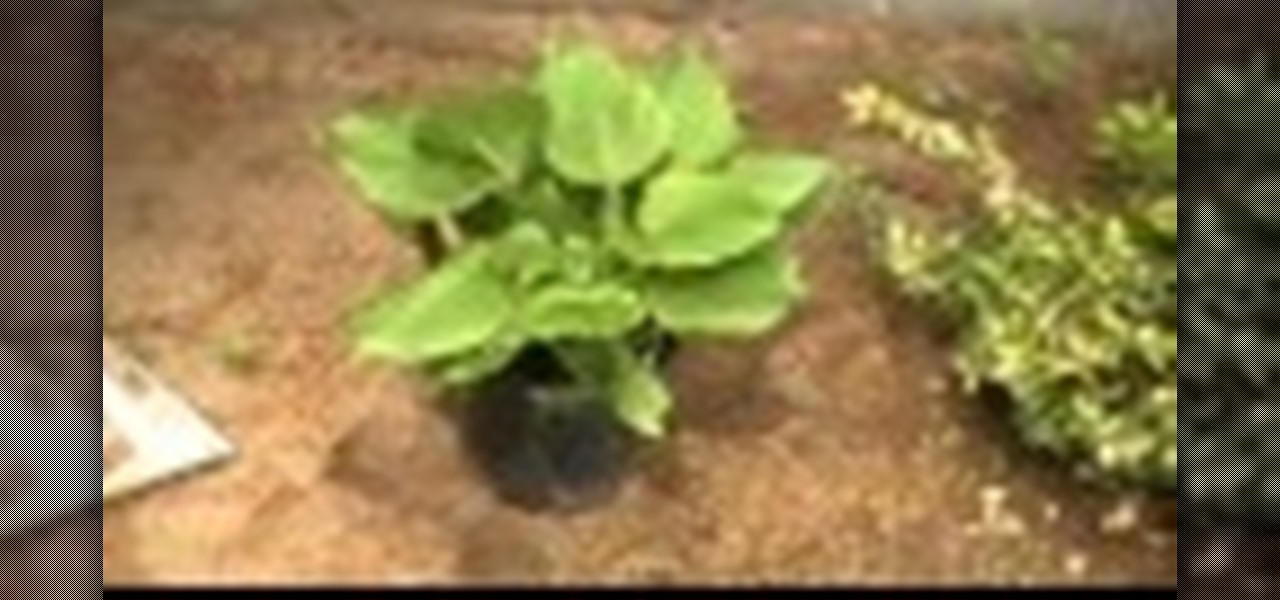
How To: How to Transplant a Hosta Plant in Garden with Fertilizer
This video will show you how easy it is to transplant a Hosta plant into your garden.


This video will show you how easy it is to transplant a Hosta plant into your garden.
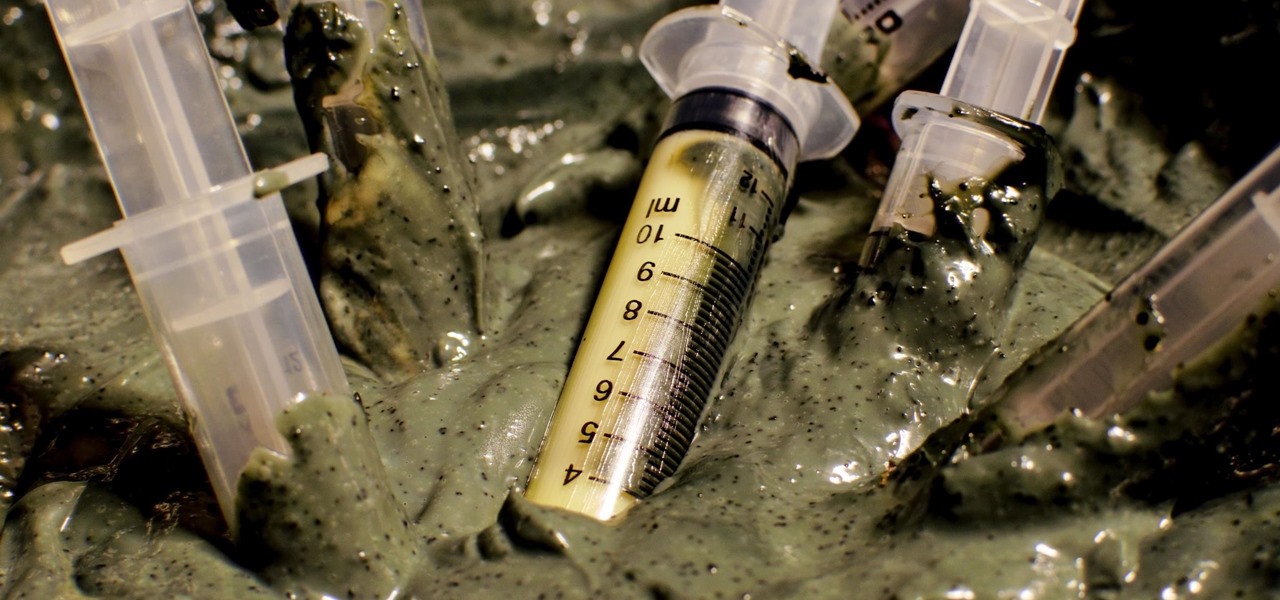
Bacteriotherapy sounds a lot more amenable of a term than "fecal transplant," yet they're both treatments that use bacteria itself to cure or treat infections. Fecal transplants, specifically, are an up-and-coming treatment option for a potentially deadly and difficult-to-treat diarrheal infection called Clostridium difficile.

As unappealing as it sounds, transplants with fecal material from healthy donors help treat tough Clostridium difficile gastrointestinal infections. Researchers credit the treatment's success to its ability to restore a healthy bacterial balance to the bowels, and new research has shown that the transplanted bacteria doesn't just do its job and leave. The good fecal bacteria and its benefits can persist for years.

Autism affects 1 in 68 children in the US, and that means it affects at least 1 in every 68 families. More boys than girls are diagnosed as being on the autism spectrum, and it's estimated that almost 60,000 12-year-olds in the US have autism. That is a 37-fold increase from the 1 in 2,500 children diagnosed just 30 years ago.
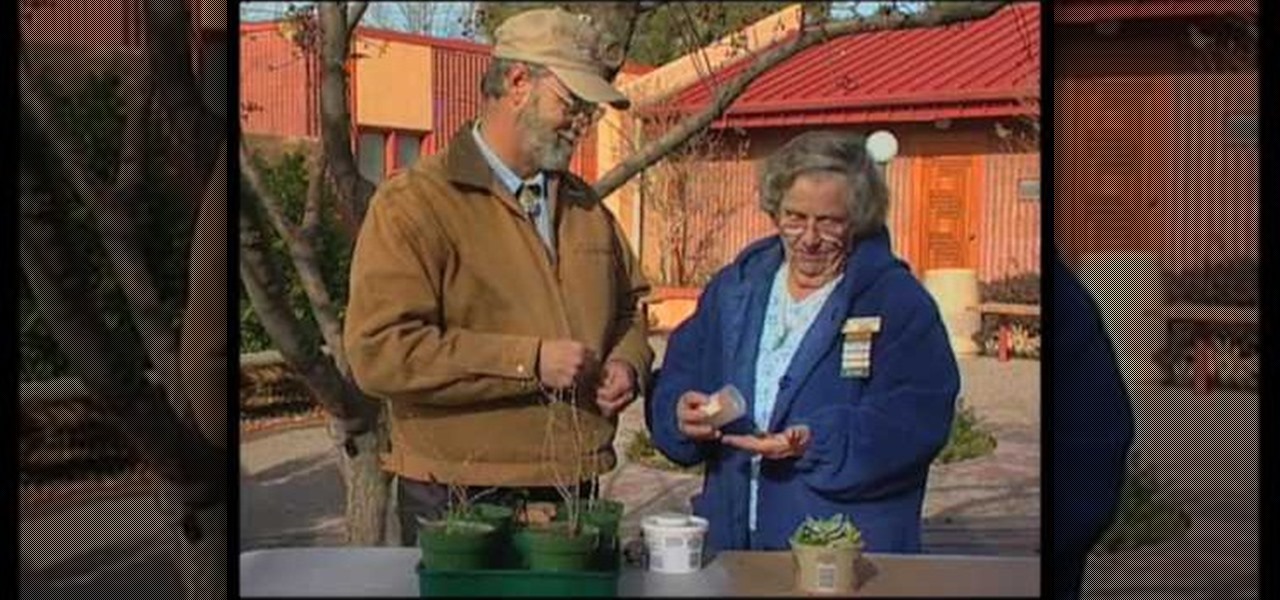
This is a great way to learn how to upgrade your small house plants into bigger ones. Start over plants once a year. Put rocks on the bottom for drainage. Bugs help your plants to grow. Do not use Pesticides on your house plants. Water weekly. Compost bins make great soil. Sweet potatoes that have roots growing off of them put in a glass of water and wait for them to grow roots. Give you plants at least six hours of sunlight daily. They also like when you talk to them and touch them you can c...

Getting the perfect shot is difficult, so when you finally get that perfect picture of yourself, you want to enhance it as much as possible. But if this perfect picture took place in a humdrum location like the bathroom or your living room and you want to glorify your face even more by surrounding it with, say, an island paradise, you can transplant your head (and body) using Photoshop.

In this video tutorial, viewers learn how to do a hair transplant them self. Users will first need to let their beard grow 2 months or more, depending how fast their facial hair grows. The beard should be long and thick. The materials needed for this are glue and hair clippers. Begin by shaving off all the facial hair. Now evenly apply some glue on the bald spots and place on the pieces of facial hair. This video will benefit those viewers who are balding and would like to learn how to do a h...

You want to have a tomato garden and you bought the seedlings already... now what? Watch this video tutorial to learn how to properly transplant your potted tomato seedling into your garden plot.
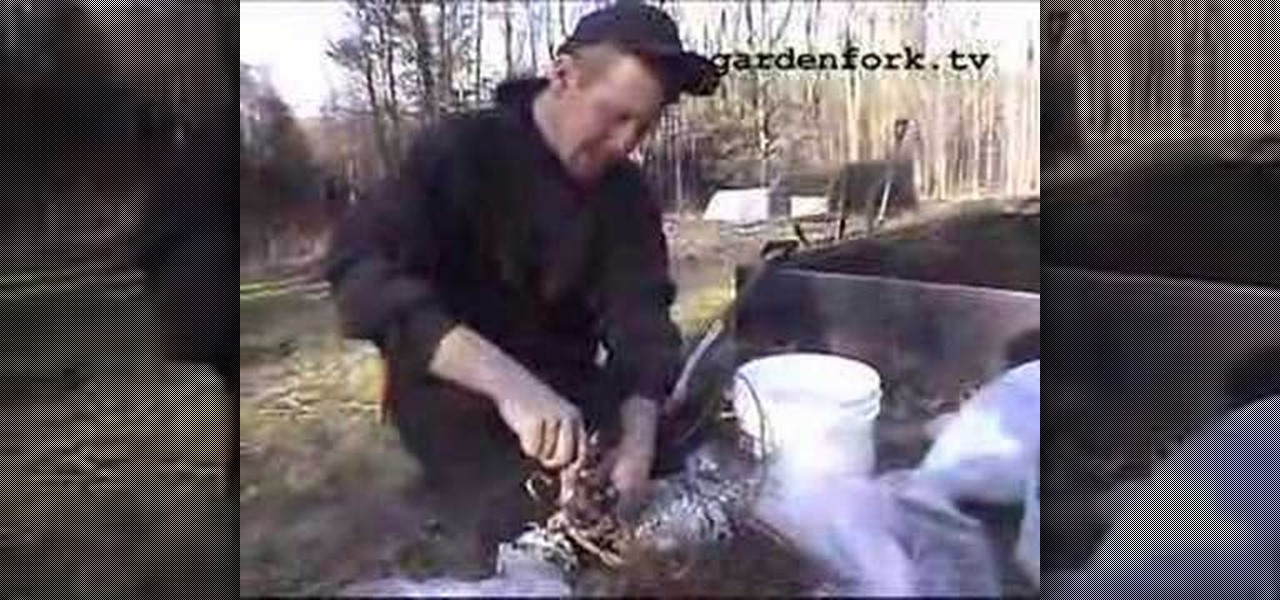
In this video, we learn how to transplant raspberry bushes. First, you will want to add in soil to your raised bed or garden where you have your other plants. After you get the soil in and have mixed manure in, cut the bands off of your raspberry bushes and put them in a bucket. The bucket should have water and flower food inside of them. After you have placed the flowers into the bucket, you will then be able to place it inside of the soil. Then pour water over your soil and wait for your bu...

The narrator introduces Patrick Quirk as the horticultural expert to whom is going to demonstrate how to safety transplant a cactus. Patrick highlights the ease of doing this if we use the right tools. Patrick recommends using an old garden hose and 2 types of tongs as part of his tools. Safety is paramount to us and to the plant. Cactus need to have is roots loosen and dried, which it different to other plants. It is important to keep the same soil level as you previously had. Patrick finish...

Interested to know more about myopathy and heart transplantation? This medical-minded video tutorial from the folks at ICYou will help you understand the procedure and give you a sense of what to expect. For all of the details, and to get started learning about cardiomyopathy and heart surgery yourself, take a look.

This how to video is a quick demonstration that shows how to remove scabs after a hair transplant. Ensure that the patient does not feel any pain by applying KY Jelly to the scabs prior to removal. Slightly massage it into the scab to moisten and detach the scab with a comb.

Want to move plants around in your garden? Get tips for transplanting roses, chives, and onions in this free gardening video series.

In this video series, learn how to transplant your plants. With expert advice from Amanda Kantor, you can start to rearrange your garden. Amanda uses irises as her perennial example; however, you can use other perennial plants as well. Learn how to avoid the risk of transplant shock.

Papaya trees are very vulnerable to transplantation shock. Seedlings tend to recover slowly and poorly after replanting in a new location under a sunny sky. Many internet articles advise that papaya trees should be transplanted without injury to their root systems. Keeping the root systems intact is next to impossible if the papaya seedlings are too close to each other. However, you would be surprised to learn how a papaya tree with serverely broken root systems can survive a transplantation ...

Tom Cole shows how to transplant cabbage from a seed bed to a harvesting area. Tom uses a pitch fork to carefully remove the cabbage from the seed bed. He then plants the cabbage into the harvesting area and waters the plants. Watch video for best results. This also works with cauliflower and broccoli. Transplant cabbage from seed bed to a harvesting area.

Watch this video from This Old House to learn how to transplant a tree. Steps:

In this tutorial, Jeff Moore shows us how to divide and transplant an agave. First, lay the pot over and hit the side a couple times. Now, the roots and soil will fall out. Now, break the roots and take the pups (baby plants) up. If you don't remove these, they won't grow into larger plants. It may be difficult to pull them out, just wrestle with it a bit so you can pull it out. Now, replant these into a new pot with cactus soil onto the bottom and a drainage hole in the pot. Make sure to wat...
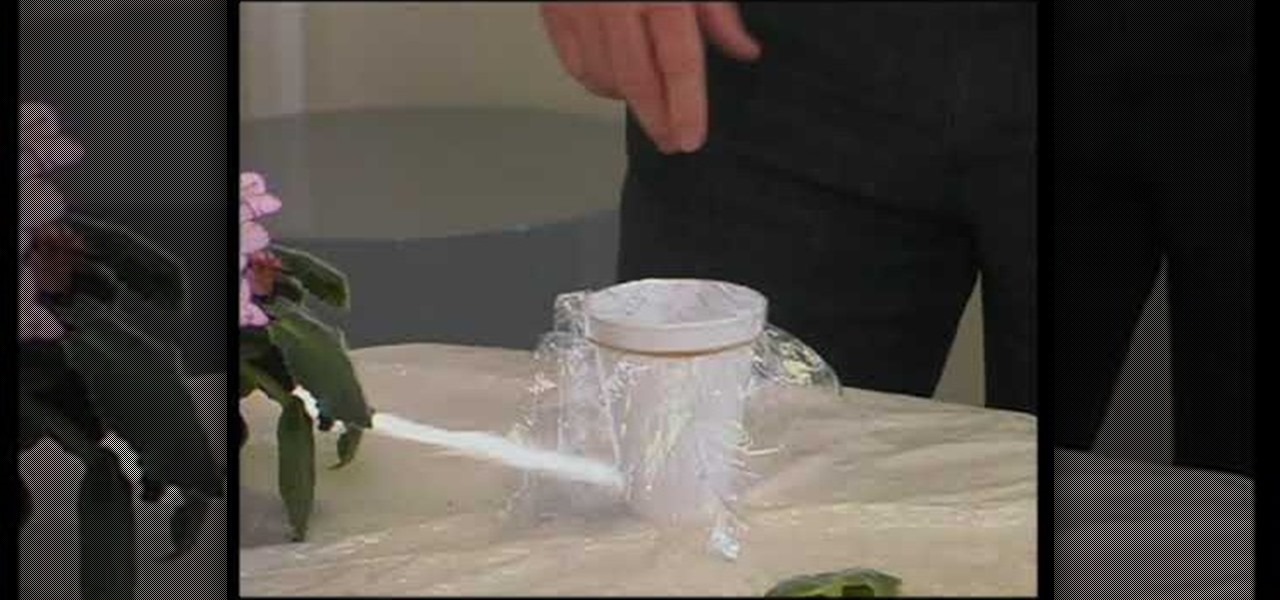
to transfer ice plants, take a Styrofoam cup with holes in bottom and sides for drainage. fill cup with potting soil. place cuttings of ice plants into pot, about 2-3 cuttings per cup. keep moist. for African violets, snap off an entire leaf including the stem. fill a Styrofoam cup with water. cover with saran wrap with a rubber band around the edge to keep it tight. cover completely with aluminum foil to keep inside of cup dark. place hole in center of plastic/aluminum foil with a pencil. pl...

The presenter, John White, explains how to choose and transplant cold weather vegetables and flowers in this video. The first vegetable he identifies is spinach. He suggests ensuring that the plant has been "hardened off" when buying transplants from the nursery. Next John presents leaf lettuce, broccoli, Brussels sprouts, and Swiss chard as some additional vegetables. He does remind the watcher to consult the plant labels for all the spacing information they may need. Moving on to flowers, J...
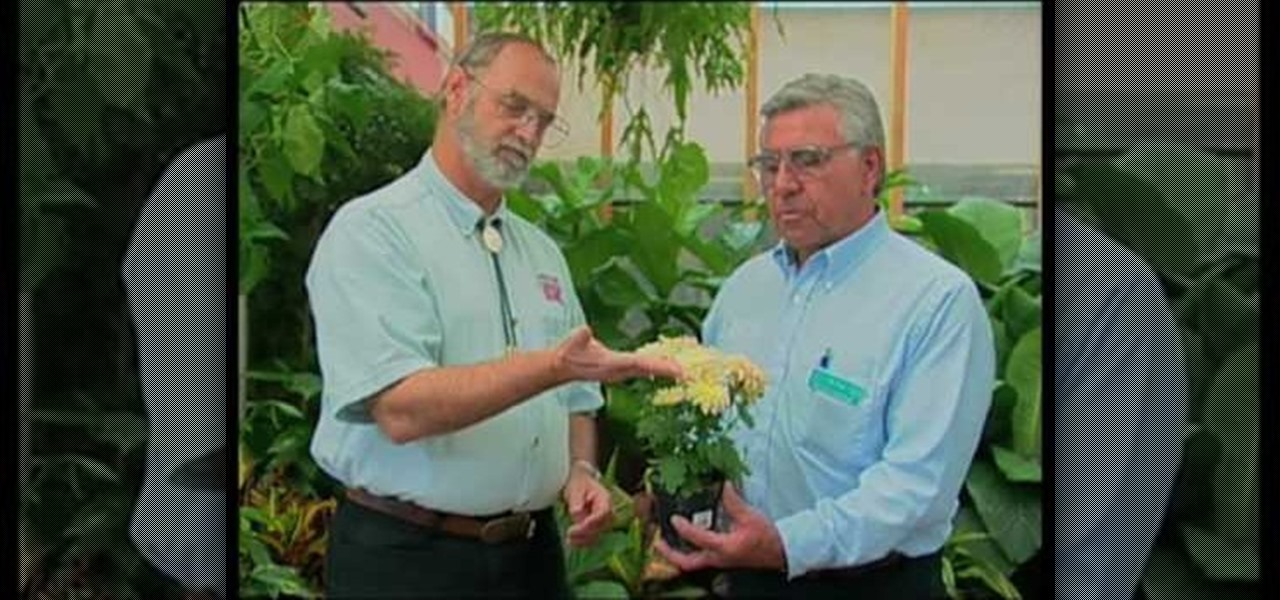
Snails and slugs can really be a problem sometimes if you are a gardener. They feed on plants and can be considered pests, sometimes even getting inside your house. They are identified by their tell-tale slime trails. A bad infestation can be very hard to deal with. However, specialized cleaners or fertilizers can help your garden snail-free.
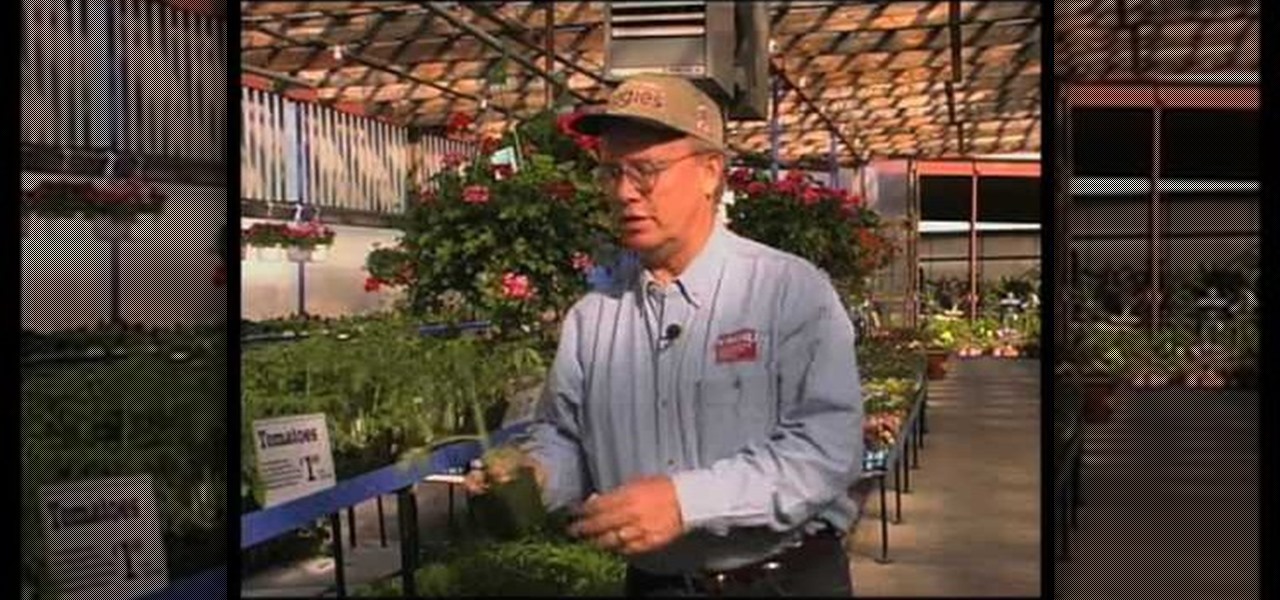
How to pick plants and trees at a nursery

Dramatic new research may change the fate of the hundreds of people who wait for a kidney transplant every year. The study hinged on the ability to cure hepatitis C infections, a possibility that became a reality in 2014.

Make your eyes look bigger and brighter by lengthening your lashes. You Will Need

Got thin hair but aren't quite ready to get a hair transplant? Then watch this how to video as our host shows you how to use certain products to camouflage your thinning hair. These tips are also useful after a hair transplant surgery.

Green gardening is using things you find around the house for your planting. Recycle your old newspaper to create small seed pots that will biodegrade in the surrounding soil after you transplant them. This is an easy technique for starting your plants from seeds.
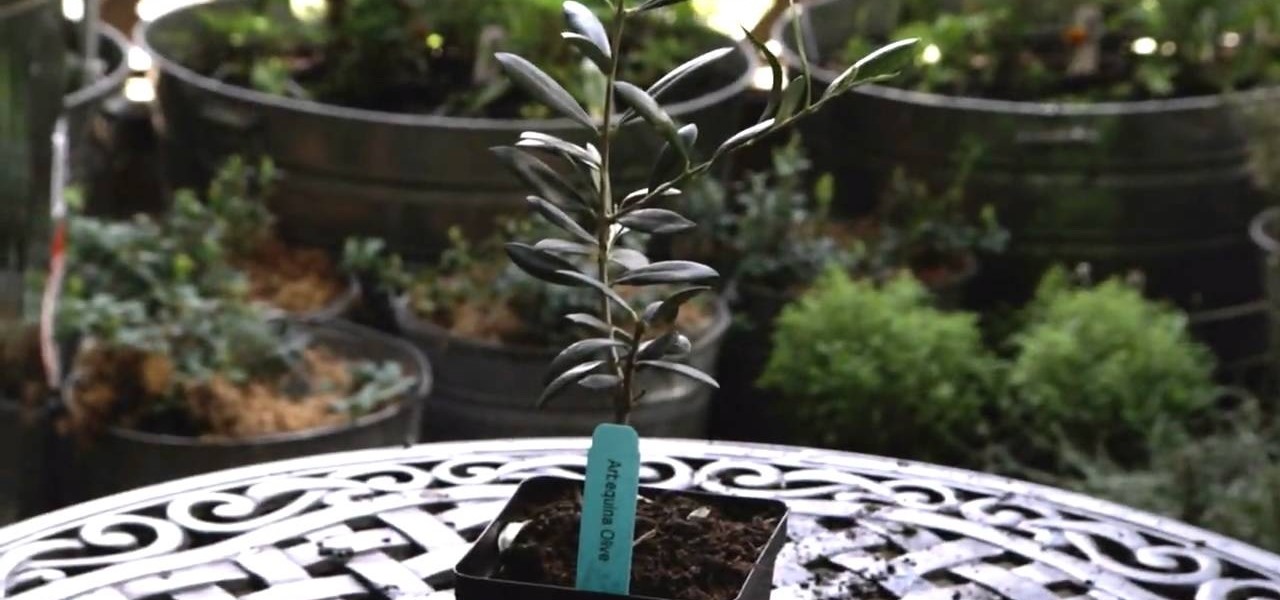
Patti Moreno, the Garden Girl, describes how to grow an olive tree in a patio container garden. She will be able to bring the trees indoors for the fall and winter. If the sapling comes in a 4-inch pot, plant it in a 10-inch container. If your container does not already have drainage holes, use a hammer and nail to poke holes in the container bottom. Put a layer of crushed stone in the bottom of the container for drainage. Fill the container with organic soil and a trowel full of organic fert...
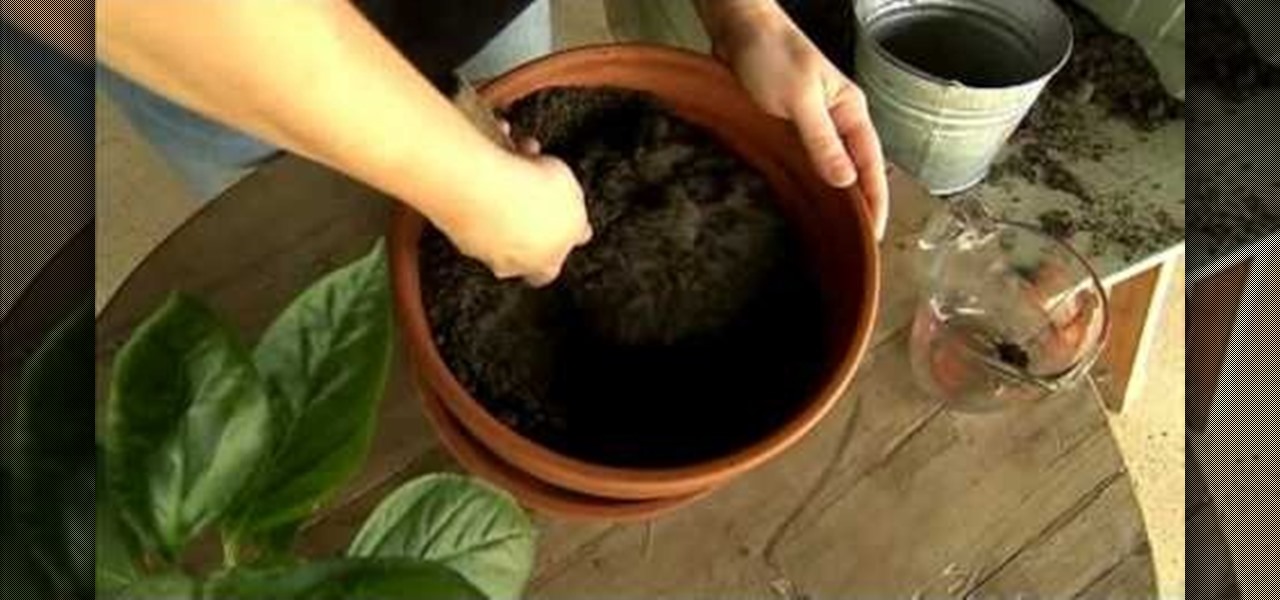
Are you an avid gardener who tends to your plans on a daily basis? Then before you step foot outside the door today, check out this video to learn a plethora of tips for going green with your gardening.

This is a video about creating a logo using adobe illustrator. First go to adobe illustrator and open the new document. Next if you want to make a logo in rectangular shape take the rectangular and drag it over in the new document. Next choose a color and fill it in the rectangular. Next go for new layer and click the button. Next insert the text what you want in that rectangular. Next increase the text size how much you want. Next if you want to change the color in between the text select th...

Six people have died from fungal infections in Pittsburgh hospitals since 2014—that fact is indisputable. The rest of the situation is much vaguer. A lawsuit has been filed against the hospitals on behalf of some of the deceased patients, alleging that moldy hospital linens are to blame. While the lawyers argue over who's at fault, let's look at how this could have happened.
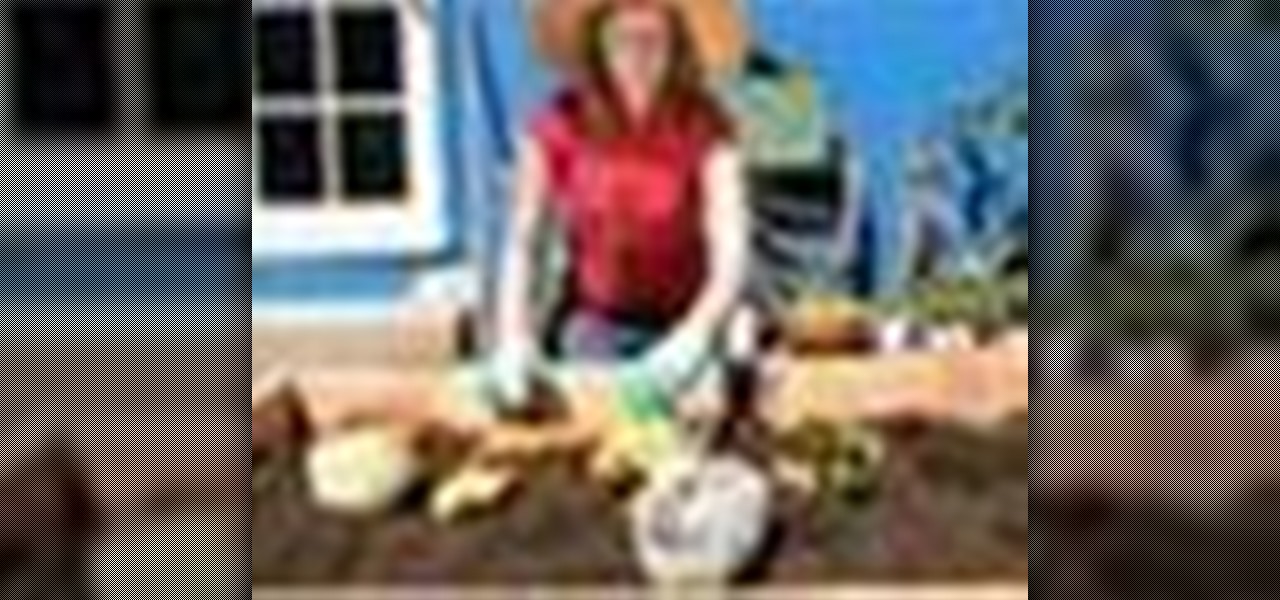
Grow some of your own food by starting a vegetable garden. You'll eat better and save money. You Will Need
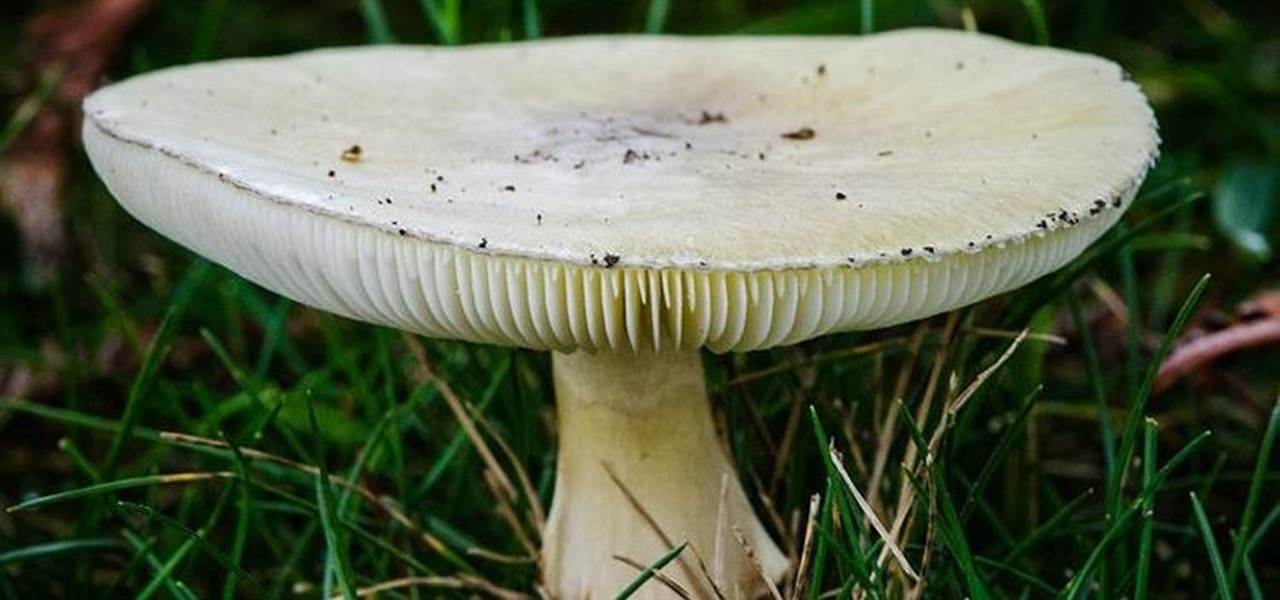
There is a reason the Amanita phalloides mushroom is called the "Death Cap." It can kill you. Mushrooms are a type of fungi, an organism that produces thread-like mycelia that often produce spores. Spores allow the fungi to reproduce. Molds, lichens, and yeast are all fungi, but the most visible fungi are mushrooms. Some fungi are delicious, but others can cause disease or, and still others, like Penicillium, can cure it.

Acanthamoeba keratitis (AK), a rare eye infection caused by the Acanthamoeba ameba found in tap water, affects a few dozen people in the US every year. In some cases, it can have devastating effects, like what Irenie Ekkeshis has experienced; She was blinded by AK in her right eye due to a contaminated contact lens.
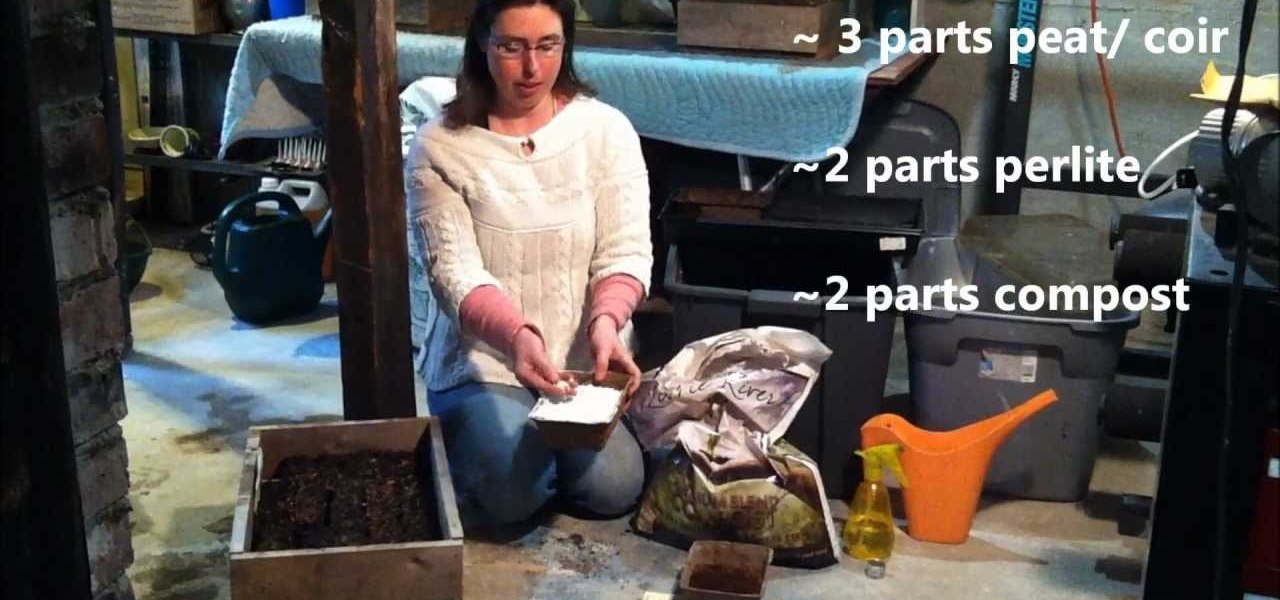
Starting your own seedlings is a great way to save money, have a wider selection of varieties and gain personal satisfaction. Here are easy to follow tips on getting your seeds off to a great start.

Got thin hair but aren't quite ready to get a hair transplant? Then watch this how to video as our host shows you how to use Rogaine for thinning hair. These tips are great for both men and women who have thin hair.

Is your houseplant in desperate need of some TLC? Learn how to tell if your plant is pot bound and how to transplant it from one container to another.

Every party has a pooper, and that's why you're reading this article. We don't mean to be a downer on such a fun day as 4/20, but it's important to make sure you know about the source of your pot, especially if you're one of the 2,299,016 people who use medical marijuana in the US.

Most people know atopic dermatitis by its common name, eczema—that dry, flaky skin that itches incessantly. Along with the scratching comes frequent skin infections, often with Staphylococcus aureus.

Most of us have already had an encounter with the Epstein-Barr virus, or EBV, for short. As part of the herpes family, it's one of the most common disease-causing viruses in humans. We get the disease with (or without) some nasty symptoms, then we recover. However, EBV stays in our body after the illness has ended, and it's one of the few viruses known to cause cancer.
Sure, Snapchat AR Lenses can be fun, but they can help communicate complex issues as well. While our Facebook news feeds were filled with references to 311 Day, March 11 is also World Kidney Day, the United Kingdom's National Health Service Blood and Transplant (NHSBT) used the occasion to educate its constituents about organ donation.